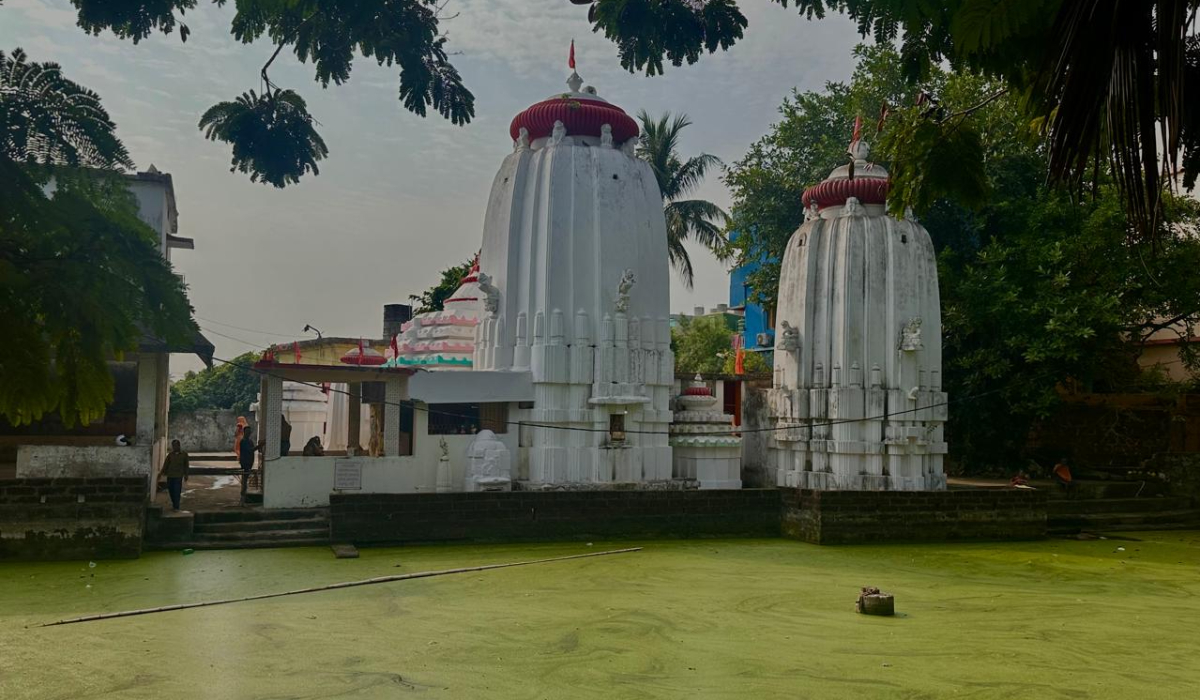‘Sacred Waters’ By Anisha Swain: Gosagareshwara Tank
My City Links presents a new series on city tales extracted from the book ‘Sacred Waters’ by Anisha Swain under the guidance of Anil Dhir, Convener, Bhubaneswar Chapter at Indian National Trust for Art and Cultural Heritage (INTACH). In this series, we will be featuring some of the Temple tanks of Ekamra Kshetra.
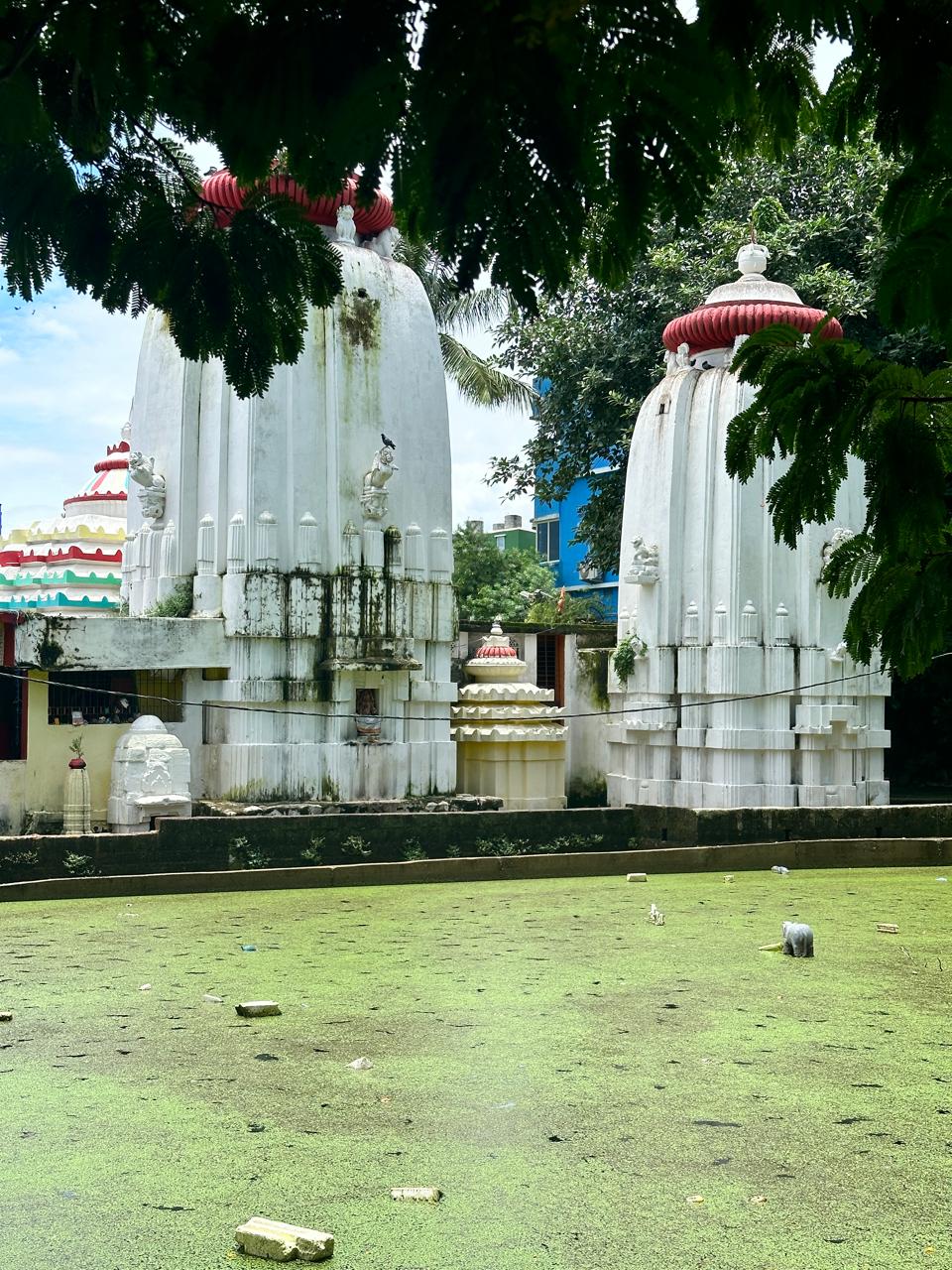
Temple tanks, revered as sacred water bodies, have played a crucial role in religious and cultural traditions across India. In Odisha, these tanks, known as Kundas or Pushkarinis, are deeply linked to Hindu rituals, mythology, and community life. Historically, they were commissioned by kings and nobles as acts of spiritual merit and served as essential water sources. Rooted in Vedic traditions, these tanks are associated with Varuna, the water god, and believed to possess purifying qualities.
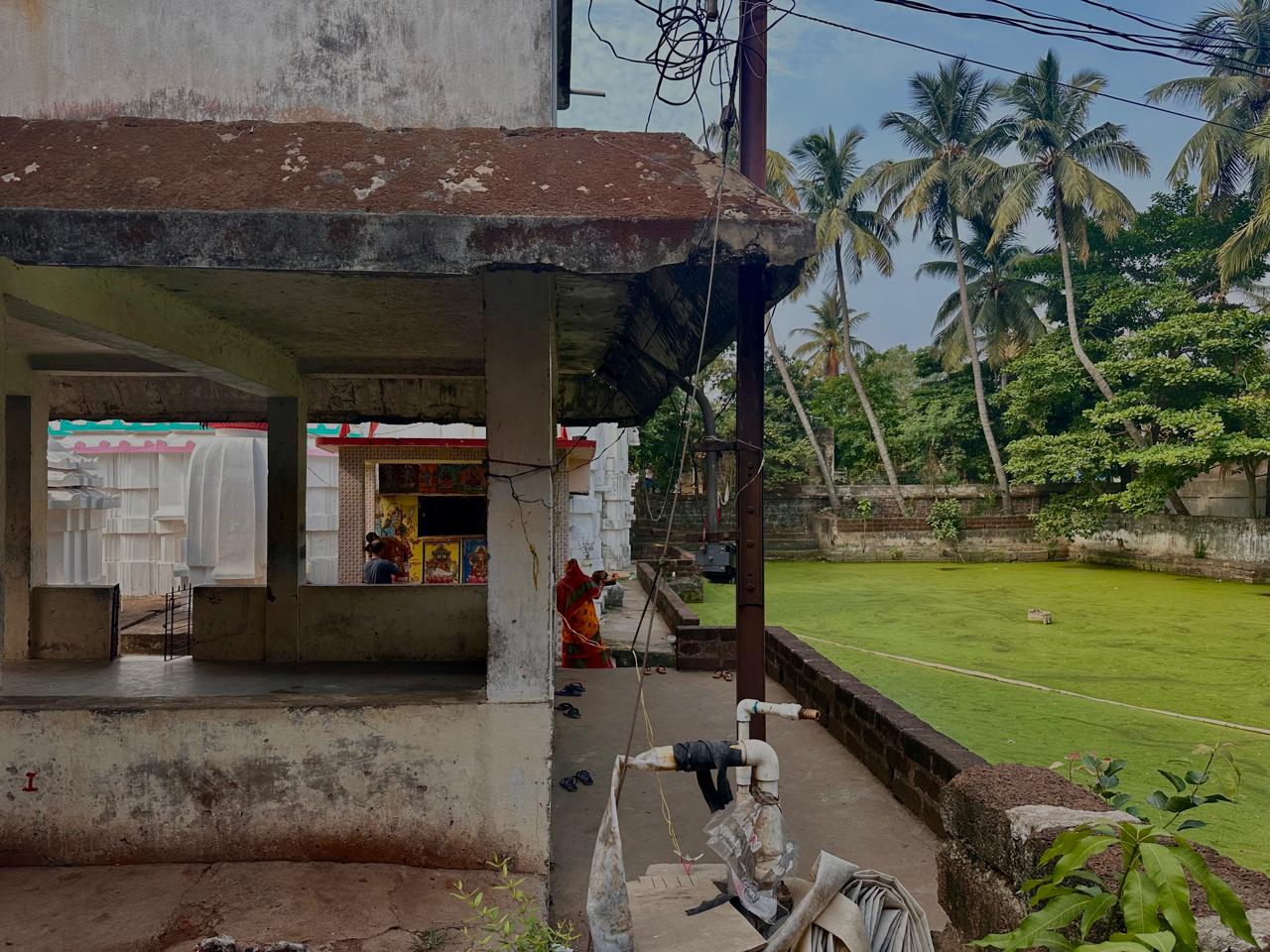
Bhubaneswar, popularly known as the ‘temple city,’ is home to many such sacred tanks, including Marichi Kunda, Kotitirtha, and Swetaganga, each carrying unique mythological significance. Pilgrims still bathe in these waters before visiting temples, maintaining age-old traditions. Beyond their spiritual role, temple tanks contribute to the ecological balance of urban landscapes, acting as natural reservoirs that sustain groundwater levels.
However, rapid urbanization threatens their existence. Encroachments and neglect have left many tanks dependent solely on rainfall, making maintenance crucial. Preserving these water bodies is not just about cultural heritage but also about sustainable water management. In a time of global water crisis, revisiting these ancient traditions can inspire a more respectful and sustainable approach to water conservation.
Starting with Ganga-Yamuna Tank in the previous edition of MyCityLinks, This time let’s have an overview of the Gosagareshwara Tank in detail.
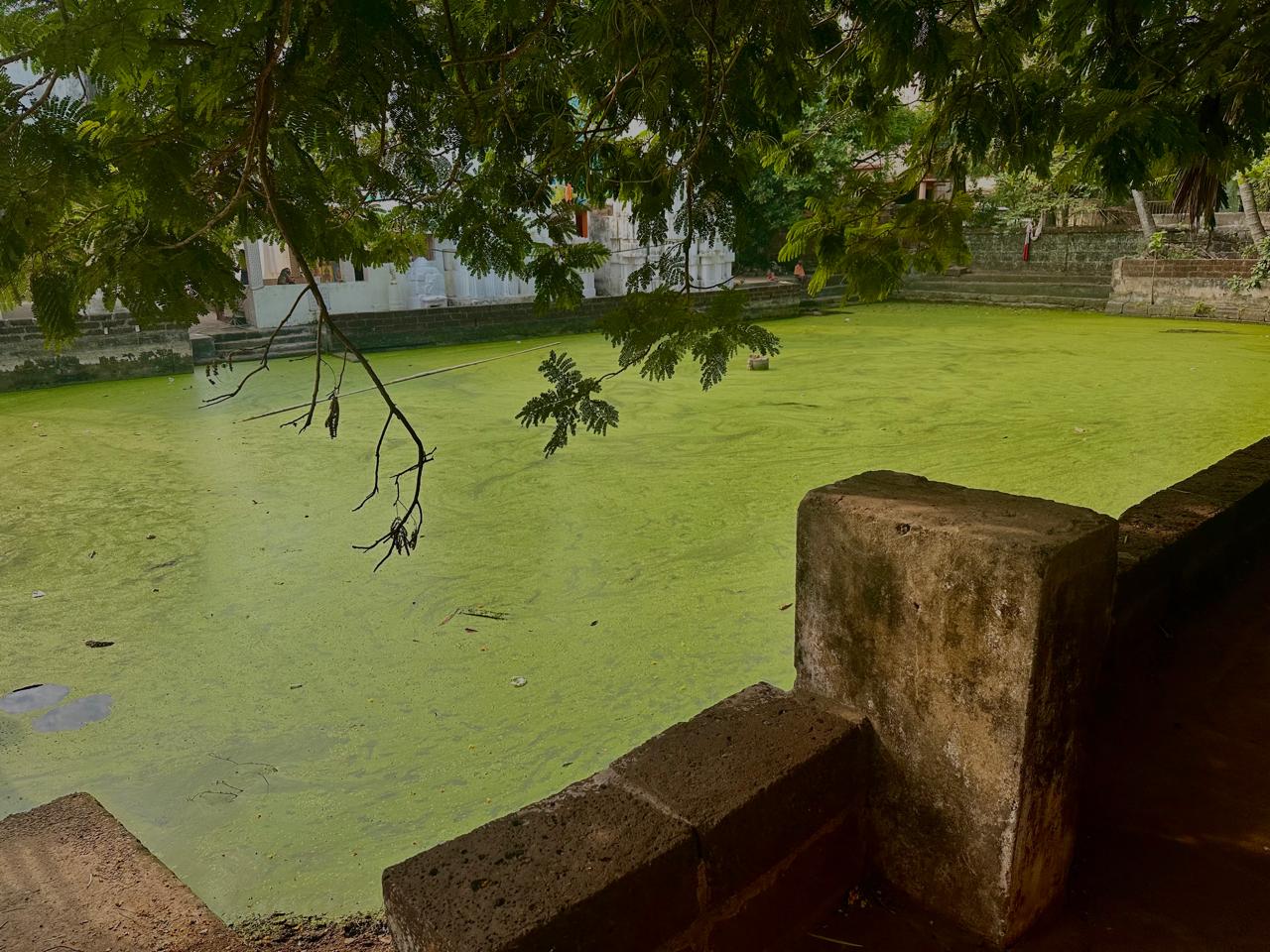
Gosagareshwara Tank
Historic significance: The Gosagaresvara Tank is located within the temple precinct of Gosagaresvara in the Old Town of Bhubaneswar, situated behind the Gosagaresvara and Paradaresvara temples. This site is located along the Ratha Road, which runs from Mausima Chowk to Badheibanka Chowk. The precinct includes a total of eleven temples and a large tank, with the Gosagaresvara Temple facing east.
The exact date of the Gosagaresvara Tank cannot be determined with certainty. However, it is likely that th e tank predates the Gosagaresvara Temple, which is believed to have been constructed in the 13th century AD. The temple, dedicated to Lord Shiva, is notable for its Yoni Pitha, although the lingam itself is missing. According to local legend, the tank holds significant spiritual importance. It is believed that Lord Shiva once inadvertently killed a calf, an act considered a grievous sin. To atone for this sin, Lord Shiva is said to have bathed in the Gosagaresvara Tank and worshipped the deity associated with the temple.
e tank predates the Gosagaresvara Temple, which is believed to have been constructed in the 13th century AD. The temple, dedicated to Lord Shiva, is notable for its Yoni Pitha, although the lingam itself is missing. According to local legend, the tank holds significant spiritual importance. It is believed that Lord Shiva once inadvertently killed a calf, an act considered a grievous sin. To atone for this sin, Lord Shiva is said to have bathed in the Gosagaresvara Tank and worshipped the deity associated with the temple.
This ritual practice continues to this day, with people who seek to cleanse themselves of the sin of killing a cow performing a ritual bath in the tank and offering prayers to Lord Gosagaresvara. The tank’s religious significance is deeply tied to these traditions, reflecting its role not only as a water reservoir but also as a site of spiritual purification. The continuation of these practices underscores the enduring cultural and religious importance of the Gosagaresvara Tank in the local community.
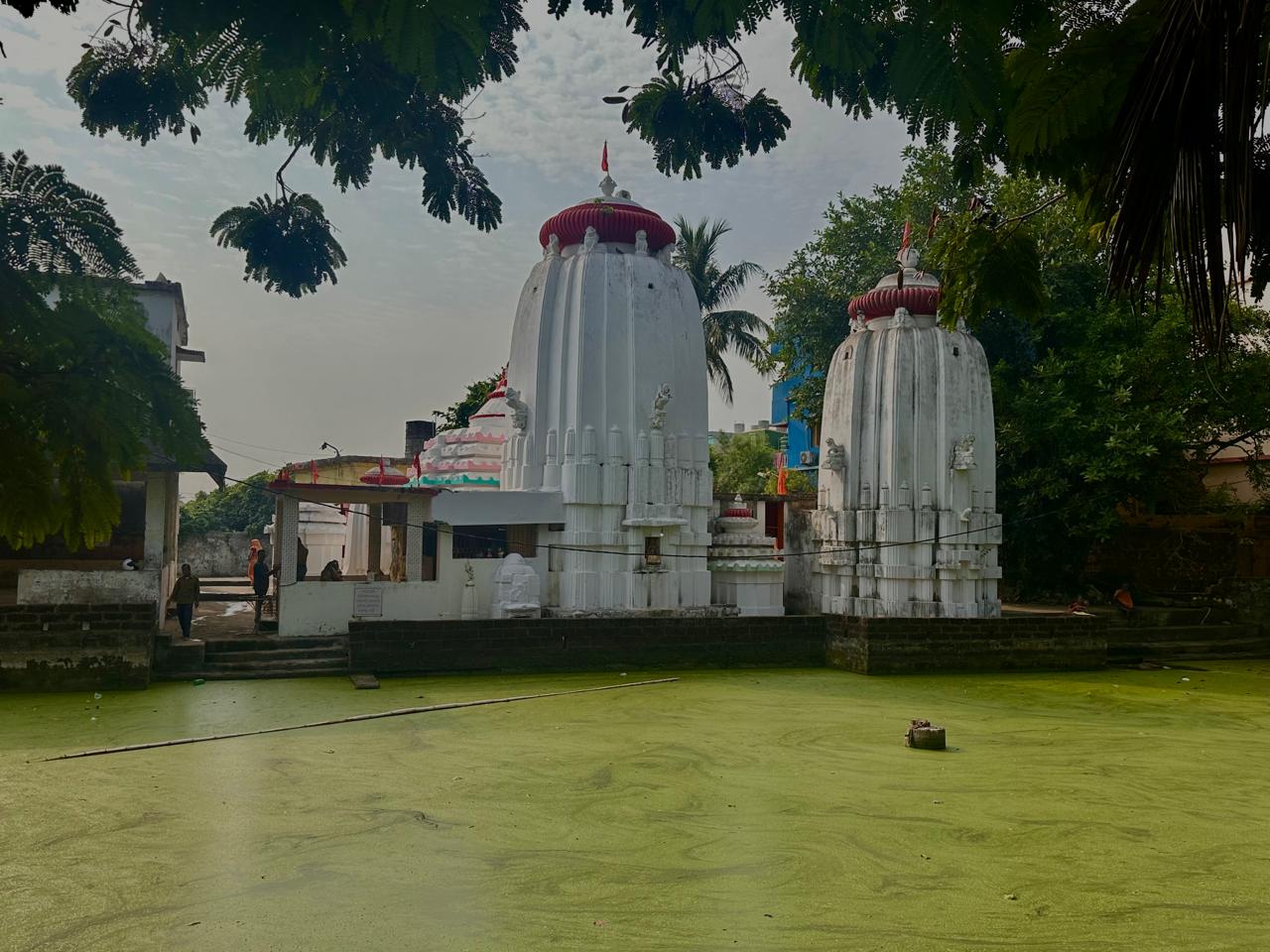
Cultural significance: Kartika purnima, Chandana Yatra and the ritual bath of the deities and devotees; Social significance: Mundanakriya, Pinda dana etc.
Physical Description: The Gosagaresvara Tank is fully enclosed by embankments on all four sides. The Gosagaresvara temples are situated on the eastern embankment of the tank, while the remaining three sides are bordered by the precinct’s compound wall. A bathing ghat with steps is provided on the eastern embankment, allowing access to the water for ritual bathing and other purposes.
Architectural features:
Plan and Elevation: Rectangular on plan measuring 26.40 m in length, 36 m in width, and 3.20m in depth.
Building material: dressed laterite blocks
Construction techniques: dry masonry
Special features: The Gosagaresvara Tank is distinguished by its unique feature of being fed by an underground natural spring. This natural inflow ensures that the water level in the tank remains constant throughout the year. Excess and waste water are discharged through a channel located in the northeastern corner. However, currently, due to blockages in this outlet channel, the water has become stagnant and highly polluted, with micro hydrophytic organisms now floating on its surface. Despite these issues, the tank retained its traditional function, with steps on the eastern embankment provided for bathing until very recently.
Maintained By: Local People of Ratha road
Ownership: Private
Current State: Cesspool, Bacteria such as E.Coli, Coliform has been detected. Gosagareshwara Tank; Choked Drainage supporting biological growth and sludge formation; 2023
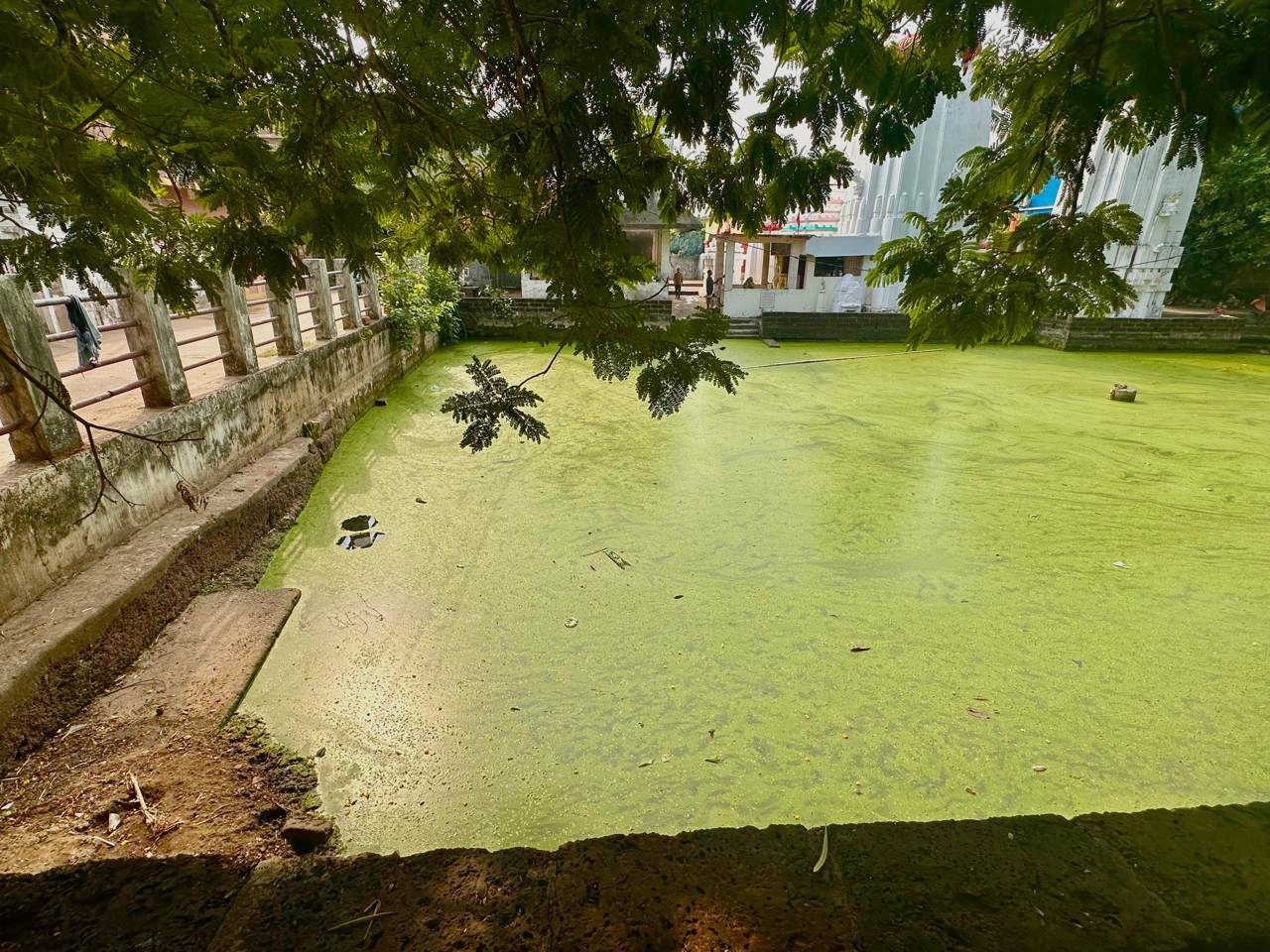
Recent Update: The growth of vegetation and the presence of cracks in the embankments of the Gosagaresvara Tank, particularly in the western, northern, and southern sections, are indicators of structural degradation. This issue, reported as early as 200622, suggests that the tank’s embankments are weakening, likely due to a combination of factors such as water seepage, lack of regular maintenance, and the encroachment of plant roots. The choked outlet needs to be cleared and the sludge renovated.” Sewage contamination can lead to the proliferation of harmful bacteria, pathogens, and algae blooms, further degrading water quality and making it hazardous for any ritualistic or community use.
The combination of sewage, vegetation overgrowth, and structural cracks in the embankments would accelerate the deterioration of the tank. The cracks may allow more contaminants to seep into the groundwater, potentially affecting nearby wells or other water sources. Additionally, the poor water quality would likely discourage traditional uses of the tank, such as bathing or ritual purification, thereby eroding the cultural significance of this heritage site. To address these issues, a comprehensive restoration plan is required. This would include repairing and reinforcing the embankments, removing the invasive vegetation, and, critically, rerouting or treating sewage before it enters the tank. Installing filtration systems and ensuring proper drainage would be essential steps in restoring the tank’s ecological and cultural value. Community involvement and regular maintenance would also be crucial in sustaining these efforts over time.




